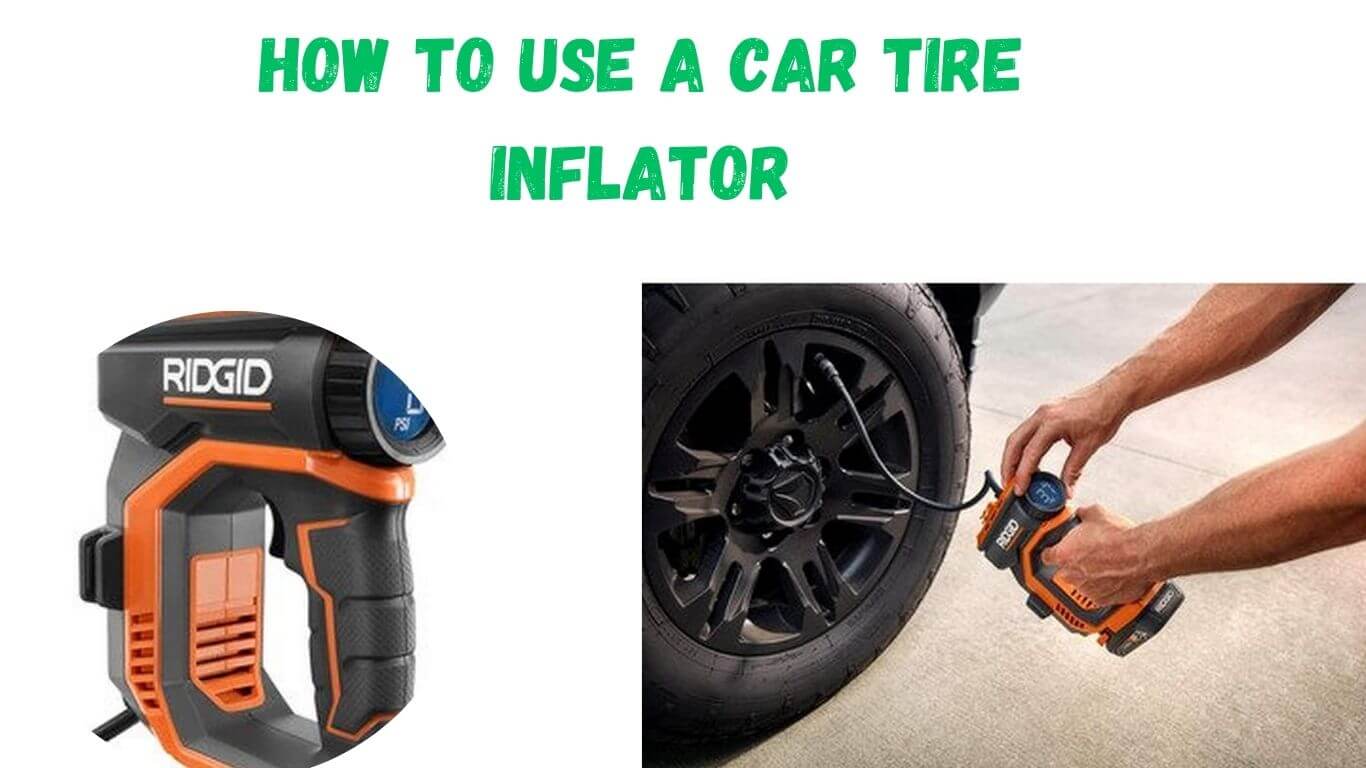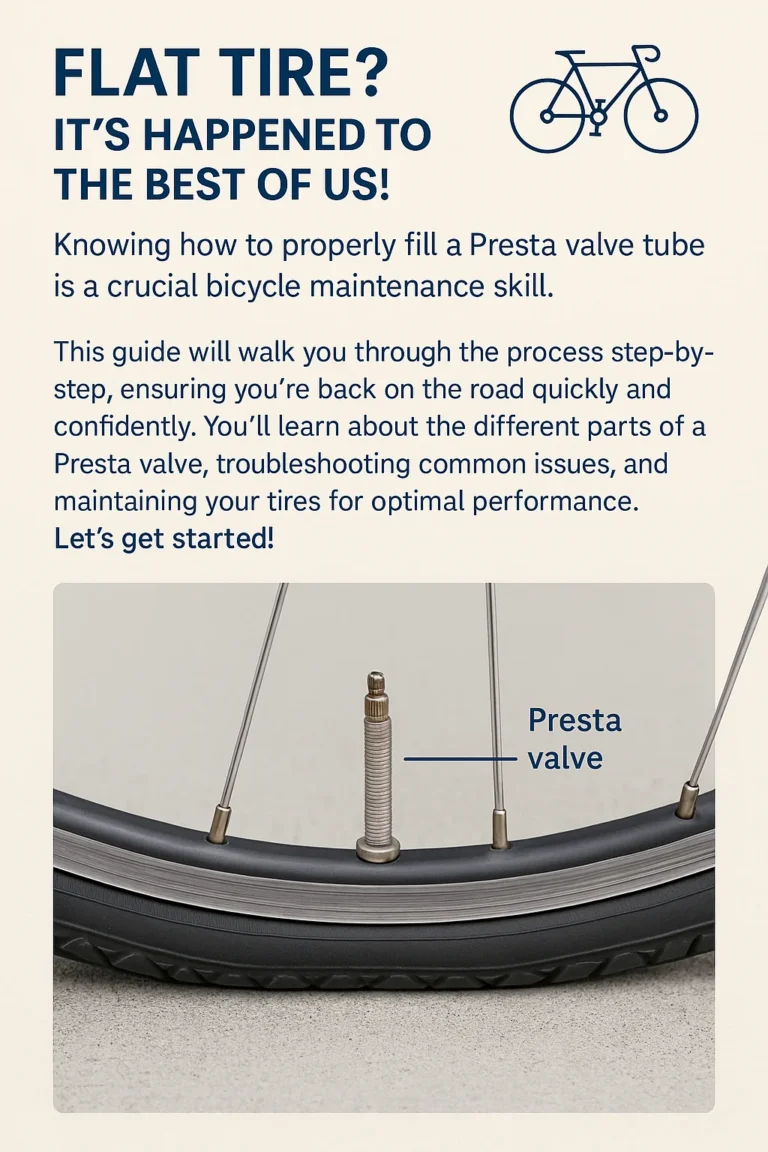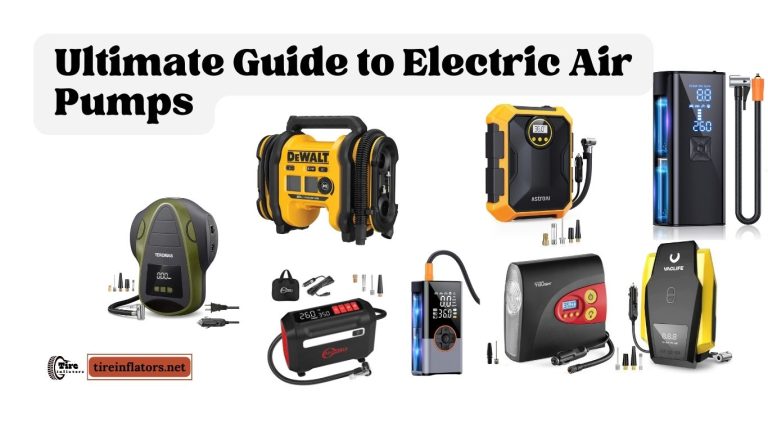How to Use a Car Tire Inflator: A Comprehensive Guide
Ensuring your car tires are properly inflated is crucial for safe driving, optimal fuel efficiency, and prolonging the life of your tires. A car tire inflator is an invaluable tool for maintaining the correct tire pressure. This article will guide you through the steps of using a car tire inflator, ensuring you can confidently keep your tires in top condition.
Understanding Tire Pressure
Understanding tire pressure is fundamental to vehicle maintenance and safety. Tire pressure refers to the amount of air in a vehicle’s tires and is a critical factor affecting performance, fuel efficiency, and wear. Here’s a deeper look into the importance of tire pressure and how to manage it:
Importance of Correct Tire Pressure
- Safety: Properly inflated tires provide optimal contact with the road, ensuring better traction and handling. Under-inflated tires can lead to poor vehicle handling, longer stopping distances, and an increased risk of tire blowouts.
- Fuel Efficiency: Tires at the correct pressure level reduce rolling resistance, which means your vehicle doesn’t have to work as hard to move forward, leading to better fuel economy.
- Tire Lifespan: Over- or under-inflated tires wear unevenly, which can lead to premature wear and the need for early replacement. Maintaining the right pressure helps ensure even tire wear and extends the life of the tires.
- Vehicle Performance: Tire pressure affects the suspension and overall driving experience. Correctly inflated tires can improve the vehicle’s performance and ride comfort.
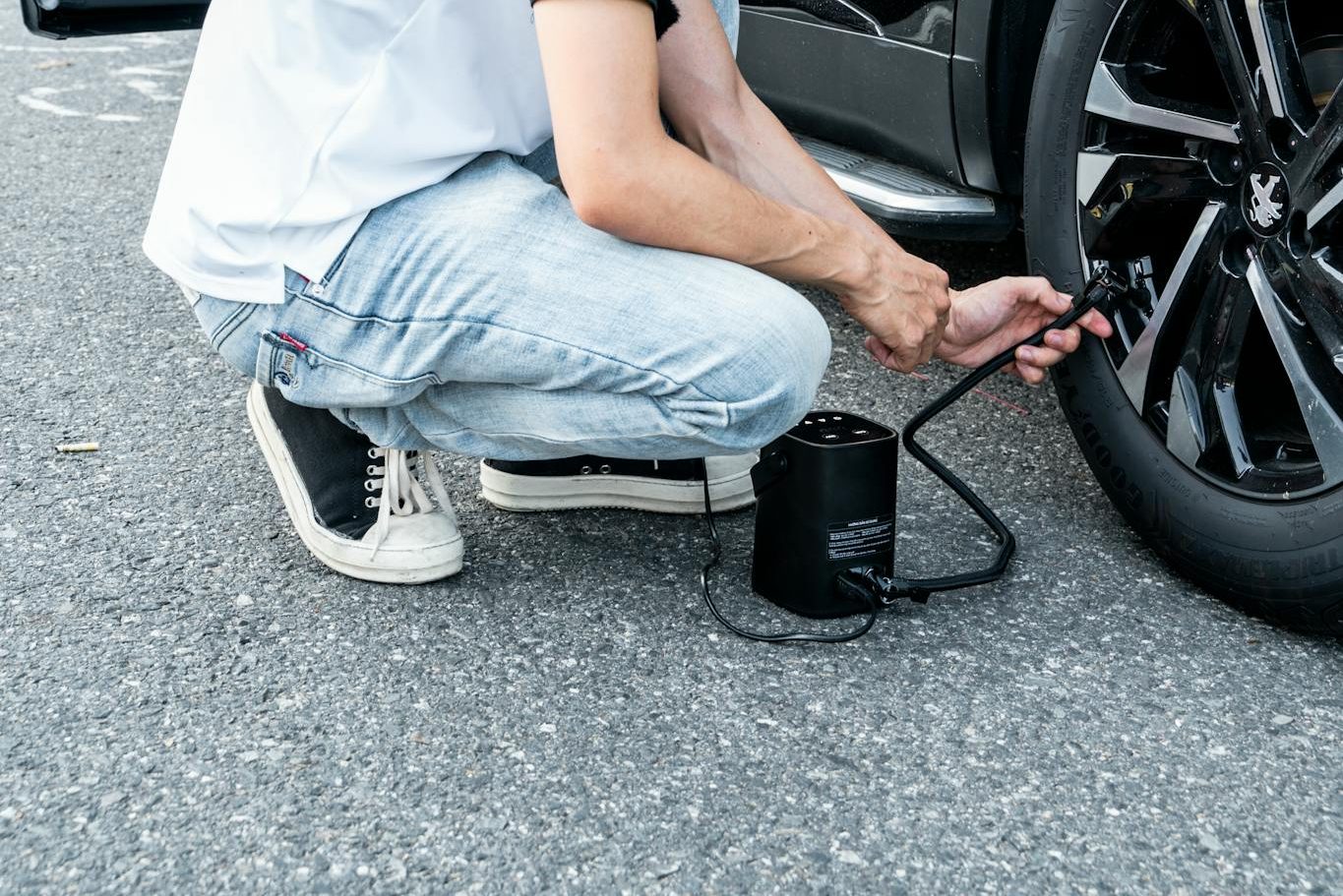
How to Check Tire Pressure
- Locate the Recommended Pressure: Find the manufacturer’s recommended tire pressure for your vehicle in the owner’s manual or on the placard located on the driver’s side door jamb.
- Use a Reliable Tire Gauge: Purchase a quality tire pressure gauge to get an accurate reading. Digital, dial, and pen-type gauges are all available options.
- Check When Tires Are Cold: For the most accurate reading, check tire pressure when the tires are cold, meaning the car has not been driven for at least three hours or has only been driven for a short distance at low speed.
- Remove the Valve Cap: Unscrew the cap from the tire’s valve stem and set it aside in a safe place where it won’t get lost.
- Press the Gauge Firmly: Place the tire gauge onto the valve stem and press down firmly to get a reading. If you hear a hissing sound, adjust the gauge until it stops to ensure an accurate measurement.
- Read the Pressure: Read the pressure on the gauge and compare it to the recommended PSI. If the reading is higher than the recommended level, let some air out until it matches. If it’s lower, you’ll need to add air using a tire inflator.
Adjusting Tire Pressure
- Inflate to the Recommended Level: If your tires need more air, use a tire inflator to add air until you reach the recommended PSI. Be careful not to overinflate.
- Recheck the Pressure: After inflating the tires, use the gauge again to ensure the pressure is correct. It’s easy to add too much air, so you may need to adjust by releasing some if necessary.
- Replace the Valve Caps: Once the tires are at the correct pressure, don’t forget to replace the valve caps to protect the valve from dirt and debris.
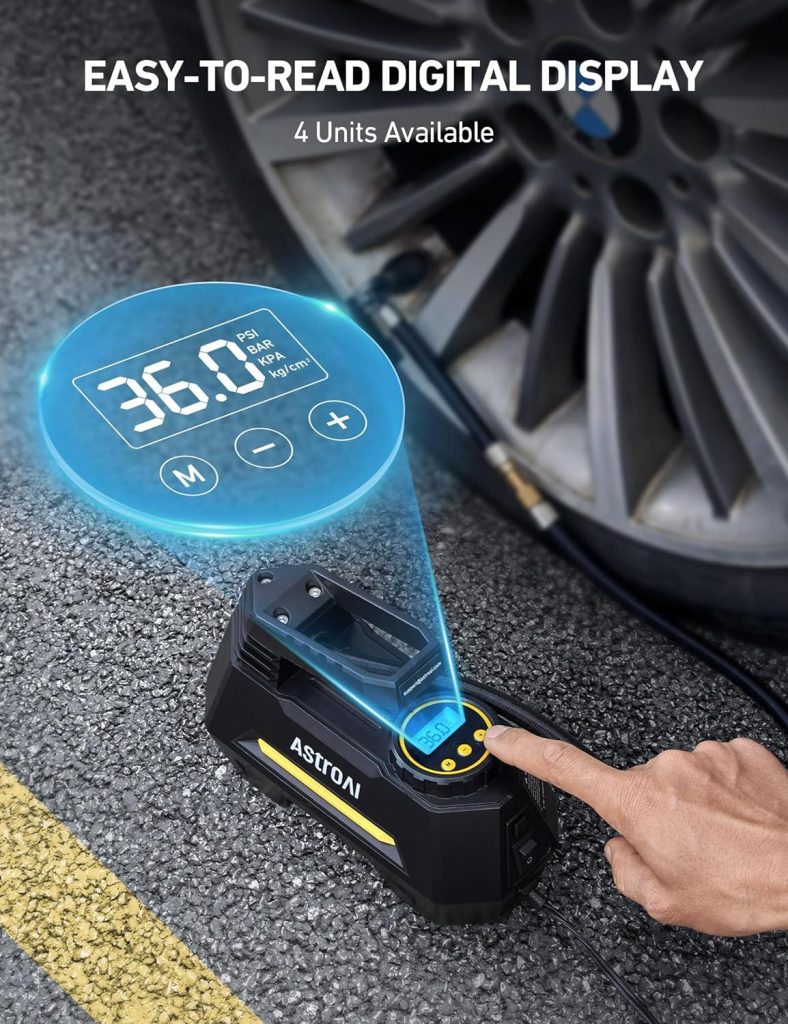
Regularly checking and maintaining tire pressure is a simple yet effective way to ensure your vehicle’s safety, efficiency, and performance. Make it a part of your routine vehicle maintenance, and always adjust the pressure according to the manufacturer’s specifications.
Types of Car Tire Inflators
There are several types of car tire inflators, including:
- 12V Electric Tire Inflators: These plug into your car’s 12V outlet (cigarette lighter) and are convenient for regular use.
- Battery-Powered Tire Inflators: These are portable and do not require a power outlet, making them handy for emergencies.
- Manual Tire Inflators: These require physical effort to pump air into the tires and are less common due to the convenience of powered options.
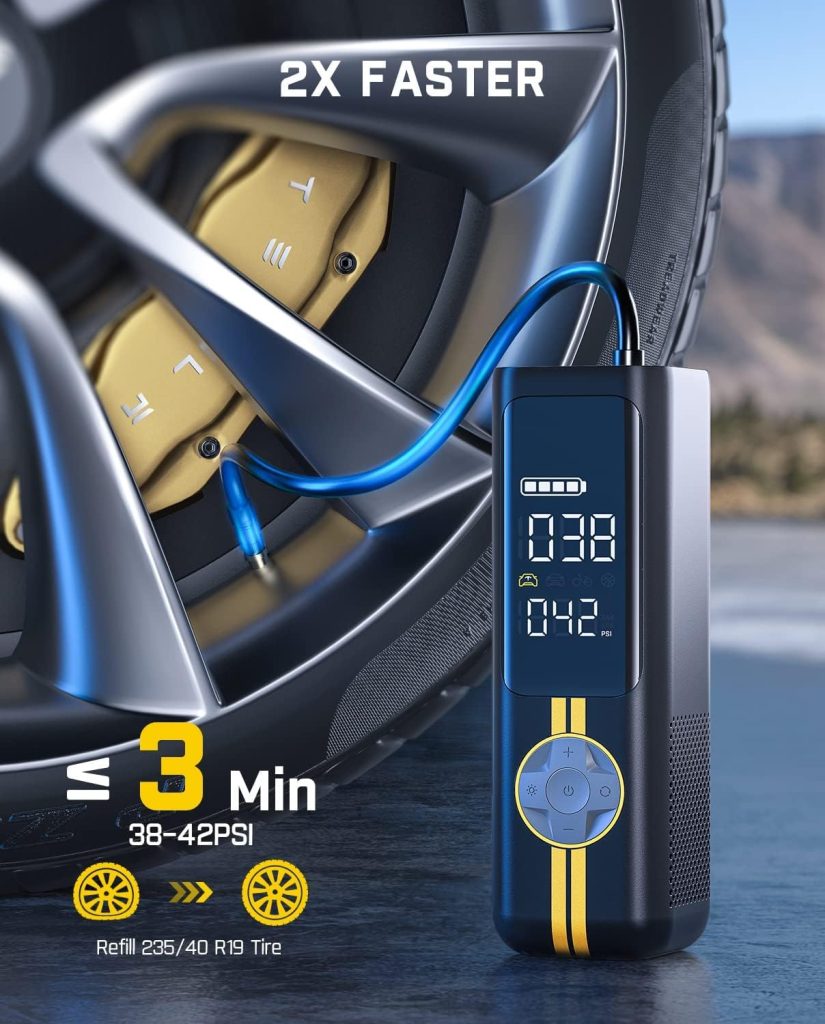
Step-by-Step Guide to Using a Car Tire Inflator
Using a car tire inflator is a straightforward process that can significantly contribute to your vehicle’s safety, fuel efficiency, and the longevity of your tires. Here’s a step-by-step guide on how to use a car tire inflator effectively:
Step 1: Prepare Your Vehicle
- Park on a Flat Surface: Ensure your vehicle is parked on a stable, flat surface to get an accurate tire pressure reading and to prevent the car from moving while you’re inflating the tires.
- Turn Off the Engine: For safety, turn off your vehicle’s engine before you start inflating the tires.
- Locate the Recommended Tire Pressure: Check your vehicle’s owner’s manual or the sticker on the driver’s side door jamb for the manufacturer’s recommended tire pressure.
Step 2: Check the Current Tire Pressure
- Remove the Valve Cap: Unscrew the cap from the tire’s valve stem. Keep it in a safe place to avoid losing it.
- Use a Tire Pressure Gauge: Press a tire pressure gauge onto the valve stem to measure the current pressure. Compare this reading with the recommended pressure for your tires.
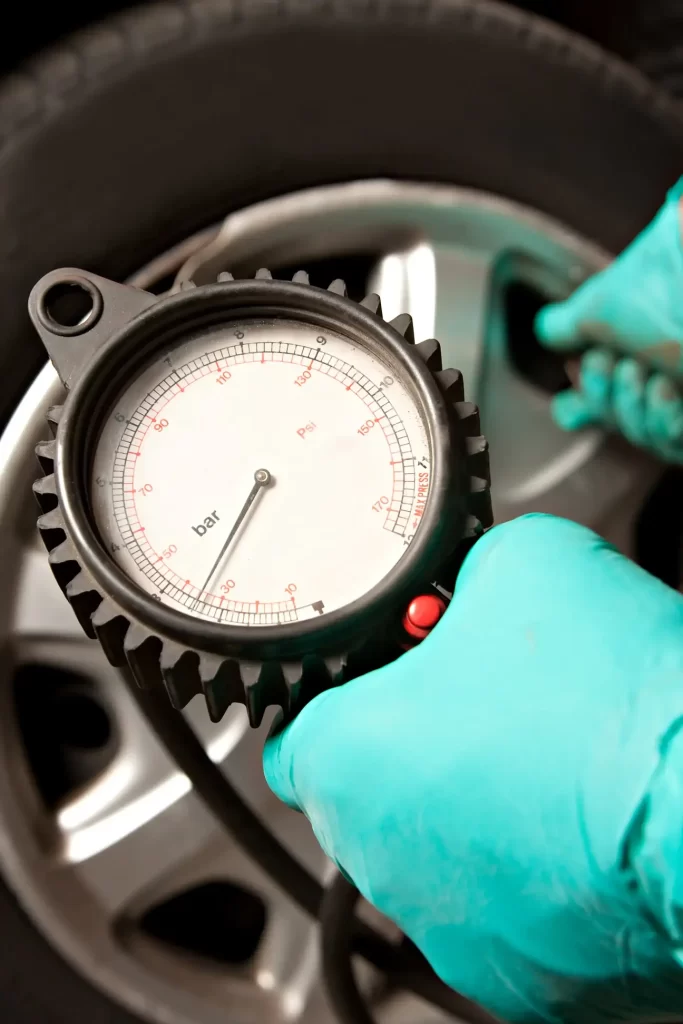
Step 3: Connect the Tire Inflator
- Select Your Tire Inflator: Choose the appropriate tire inflator. You might have a manual pump, a 12V electric inflator that plugs into your car’s power outlet, or a battery-operated model.
- Attach the Inflator to the Tire Valve: Connect the hose or nozzle of the inflator to the tire’s valve stem. Ensure it’s securely attached to prevent air from escaping.
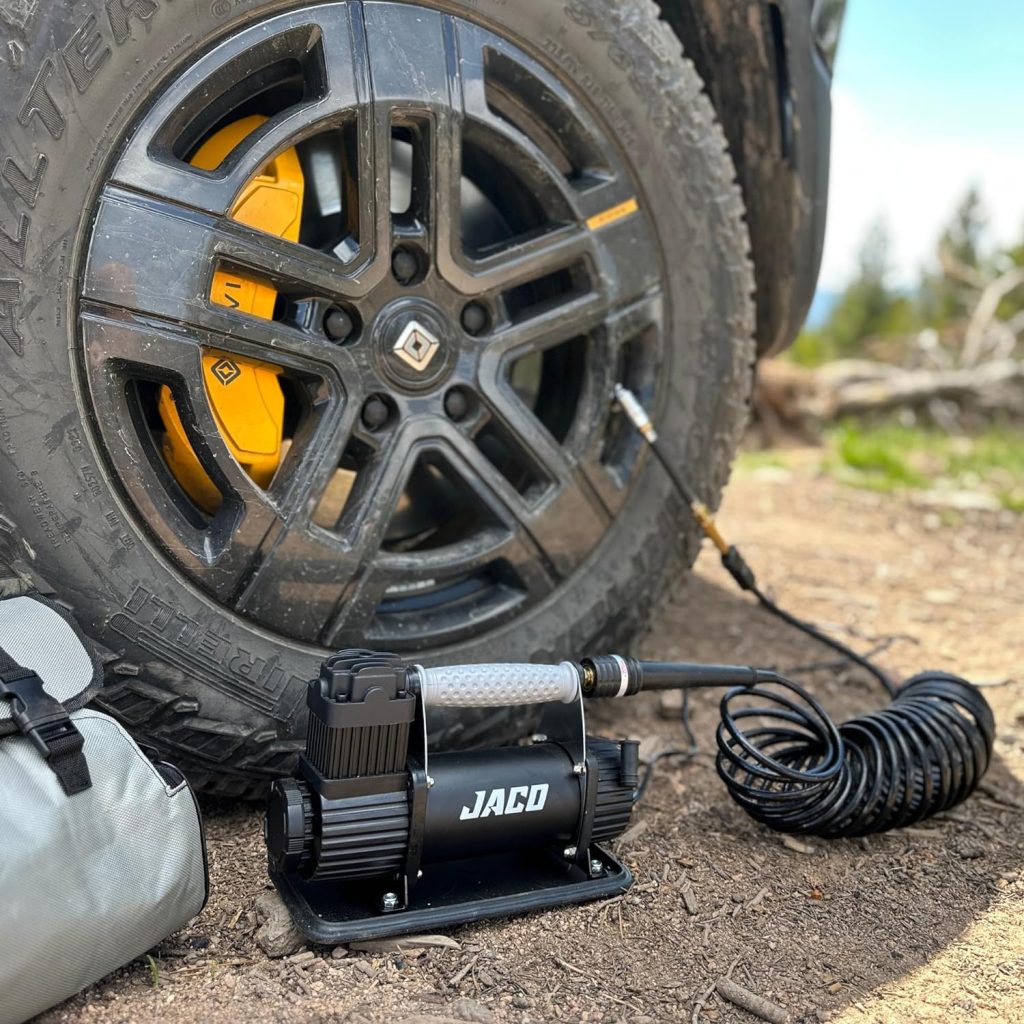
Step 4: Inflate the Tire
- Turn On the Inflator: Activate the tire inflator. If you’re using an electric model, it may have a built-in gauge that shows the tire’s current pressure as it inflates.
- Monitor the Pressure: Keep an eye on the inflator’s gauge (if available) or periodically check the pressure with your tire gauge. Inflate the tire until it reaches the recommended pressure.
- Avoid Over-Inflation: Be careful not to exceed the recommended tire pressure. Over-inflated tires can lead to reduced traction and increased wear.
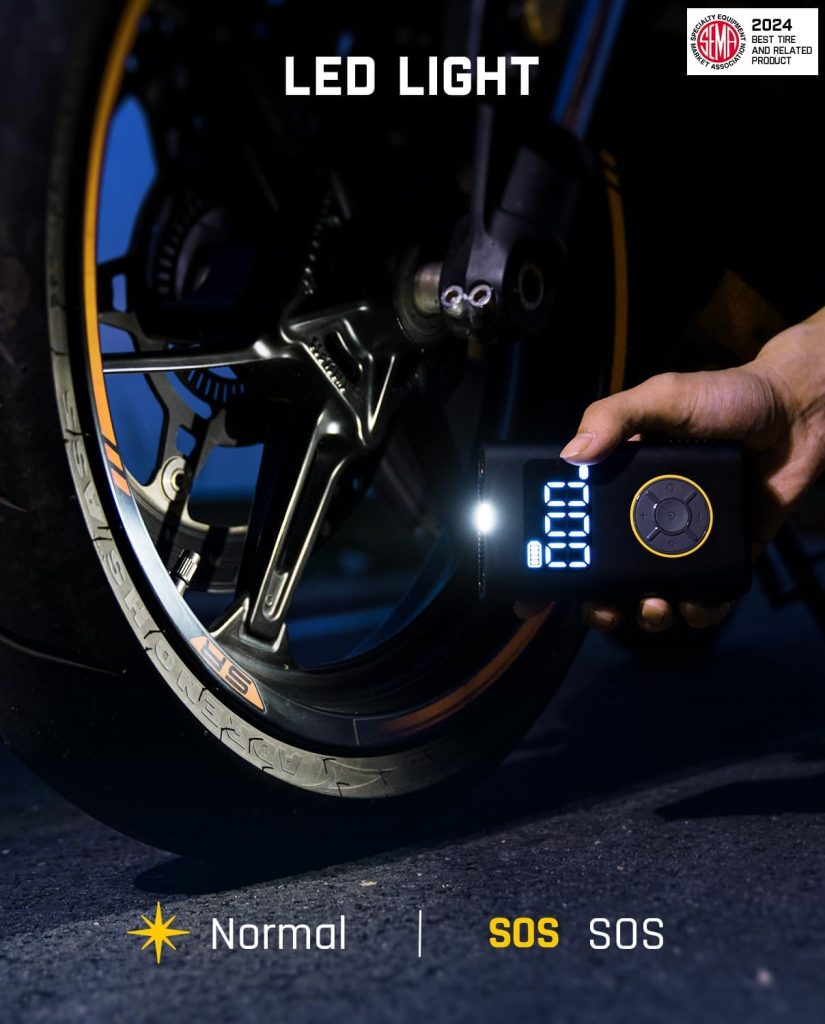
Step 5: Finalize the Process
- Disconnect the Inflator: Once the tire has reached the correct pressure, turn off the inflator and carefully disconnect it from the valve stem.
- Recheck the Pressure: It’s a good idea to use your tire pressure gauge one more time to ensure the tire is at the desired pressure.
- Replace the Valve Cap: Don’t forget to screw the valve cap back onto the valve stem to protect it from dirt and debris.
Additional Tips
- Check All Tires: It’s best to check and inflate all tires, including the spare, to ensure they’re at the correct pressure.
- Regular Maintenance: Make it a habit to check your tire pressure regularly, at least once a month and before long trips.
- Keep an Inflator Handy: Having a portable tire inflator in your vehicle can be invaluable, especially in emergencies or when you’re far from a service station.
By following these steps, you can efficiently use a car tire inflator to maintain the proper tire pressure, enhancing your vehicle’s safety and performance.
Tips for Using a Car Tire Inflator
- Inspect the Inflator Regularly: Before using your tire inflator, inspect it for any signs of wear, damage, or leaks. This will ensure that it functions properly and safely when you need it.
- Understand the User Manual: Familiarize yourself with the user manual of your specific tire inflator model. This will help you understand its features, operation, and maintenance requirements.
- Maintain the Inflator: Keep your tire inflator clean and store it in a dry, protected area to prolong its lifespan. If it’s battery-powered, ensure the battery is charged or replaced as needed.
- Use the Correct Nozzle: Ensure you’re using the correct nozzle for your tire valve stem. Some inflators come with adapters for different valve types, such as Presta or Schrader.
- Monitor the Inflation Process: Keep an eye on the inflator’s gauge (if available) or periodically check the pressure with a separate gauge during inflation. This will help you avoid over-inflation or under-inflation.
- Avoid Over-Inflation: Over-inflation can lead to uneven tire wear and reduced traction. Always follow the recommended PSI for your vehicle and double-check the pressure after inflation.
- Know When to Seek Professional Help: If you’re having trouble inflating your tires or suspect a more severe issue, such as a puncture or leak, consult a professional tire technician for assistance.
By following these tips, you can ensure that your car tire inflator is always ready for use and that your tires remain properly inflated for safe and efficient driving.
Conclusion
A car tire inflator is a simple yet effective tool for maintaining optimal tire pressure. By following the steps outlined in this guide, you can ensure your tires are always properly inflated, contributing to safer driving, better fuel economy, and longer-lasting tires. Remember, regular checks and adjustments are key to tire maintenance and overall vehicle health.

